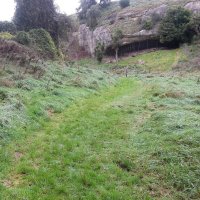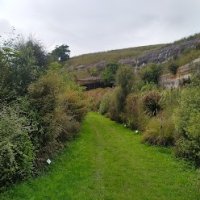This is a mana whenua driven project designed to restore the ecology and biocultural values of a highly modified limestone ecosystem surrounding 14 nationally significant Māori rock art sites, which are of the highest cultural value to mana whenua, Te Rūnanga o Arowhenua, and to Ngāi Tahu Whānui.
The site is a focal point for mana whenua community education initiatives to support the protection and management of Māori rock art, mahika kai, and freshwater ecosystems, giving effect to the kaitiaki role of Rūnanga in relation to this and other culturally significant wahi tupuna sites.
The core objectives of the project from a mana whenua perspective are to uphold the mana of this culturally significant site; to give practical effect to the kaitiaki role of mana whenua; and to inspire, motivate and empower all New Zealanders to better protect the range of biocultural values present at such sites
The project is based on an ecological restoration and management plan created by Dr Peter Heenan (Manaaki Whenua) in 2017. The restoration work has been ongoing since 2018, with pest plant species being gradually eradicated and close to 29,000 native seedlings successfully established over the last 5 years – of 47,000 plants to be established over the full 10-year term of the project.
The goal of the plan is to restore self-sustaining and fully functional ecosystems at the site, as they would have been when the rock art was created, centuries ago. This, in turn, expands the scope and depth of the community engagement and education work of the Trust, illuminating the rich histories and lifeways of Ngāi Tahu tīpuna, and the important biocultural values at the site.
Before Restoration work started in this area

After planting was completed in the same area


